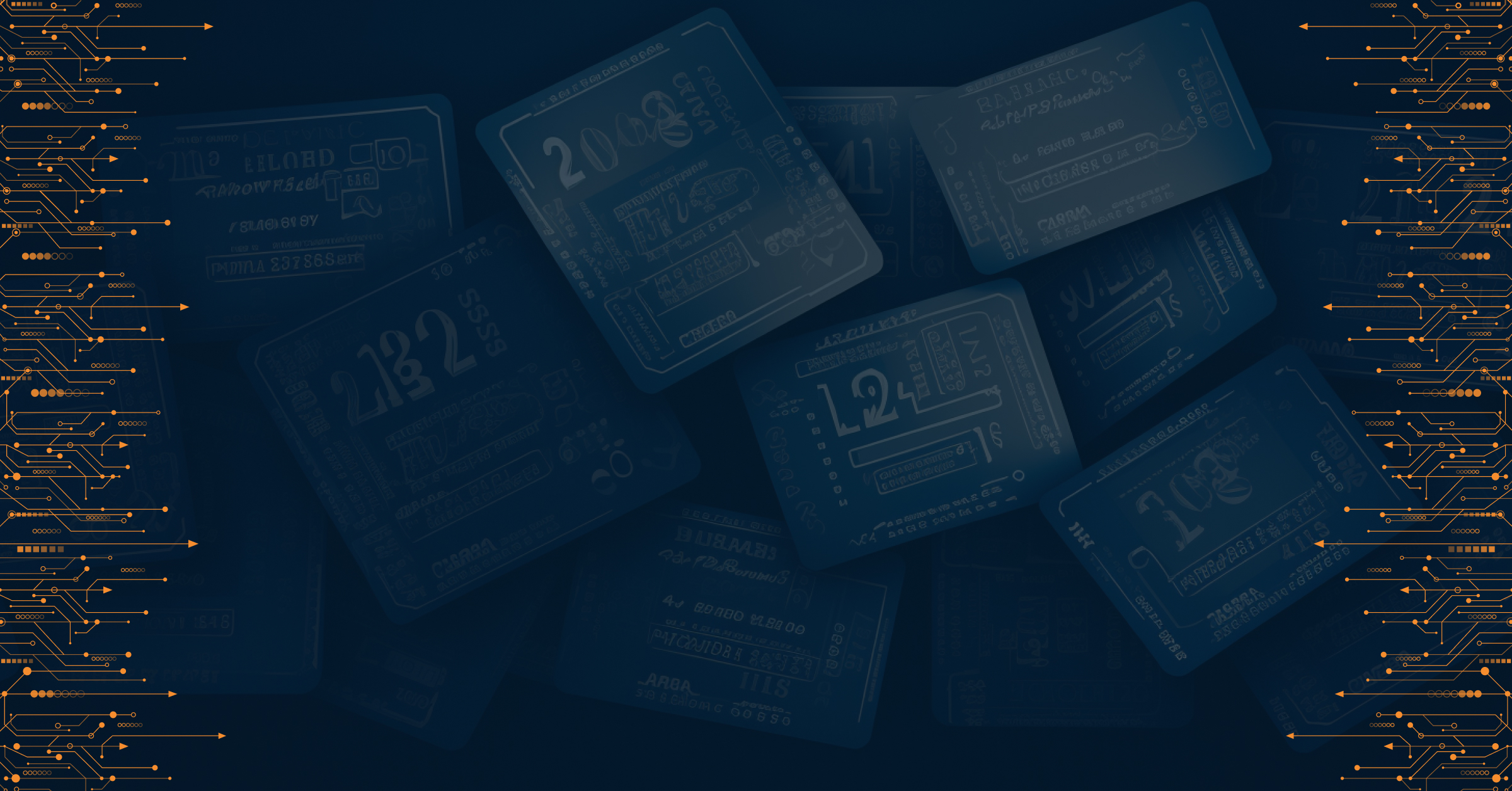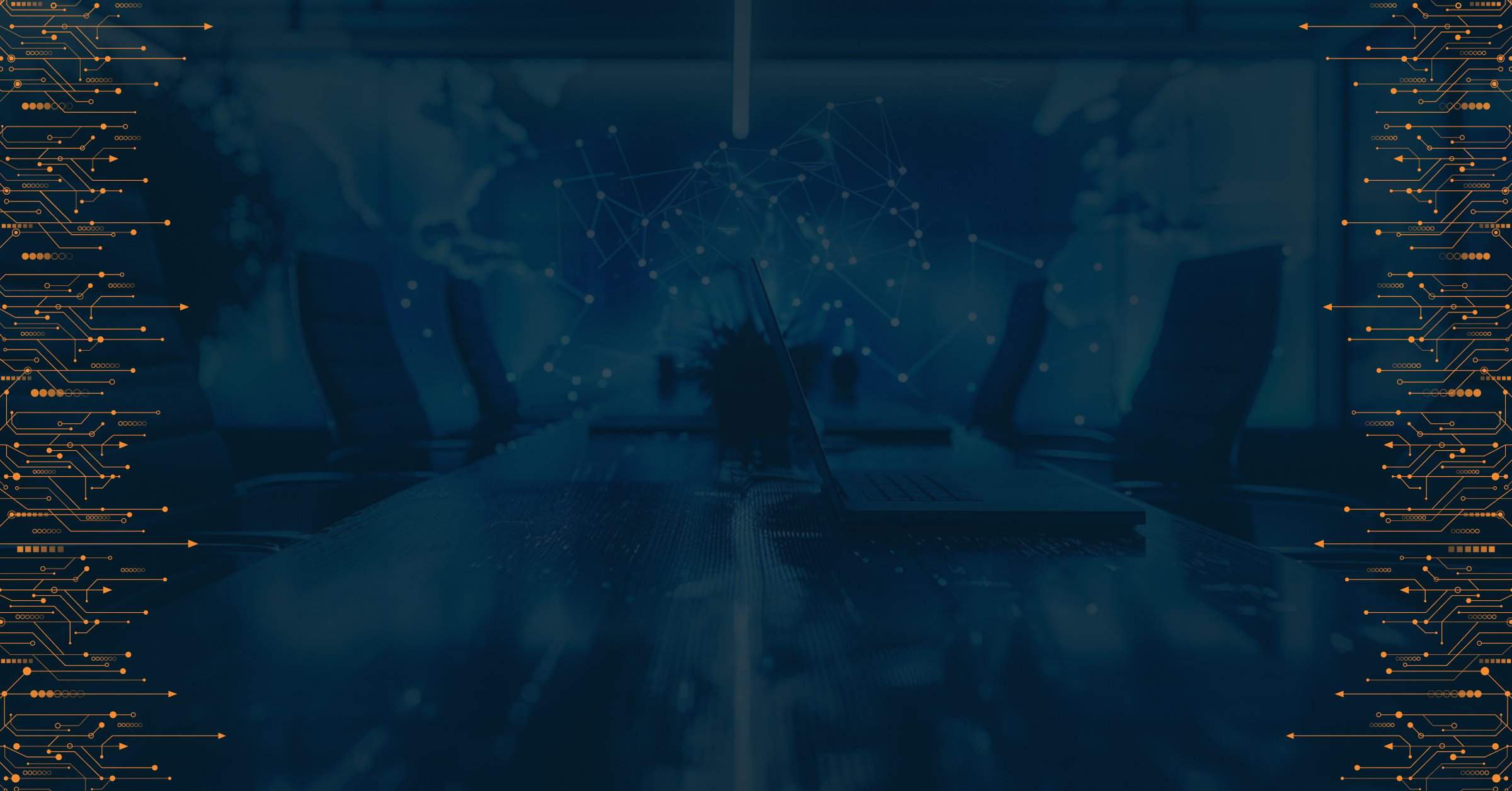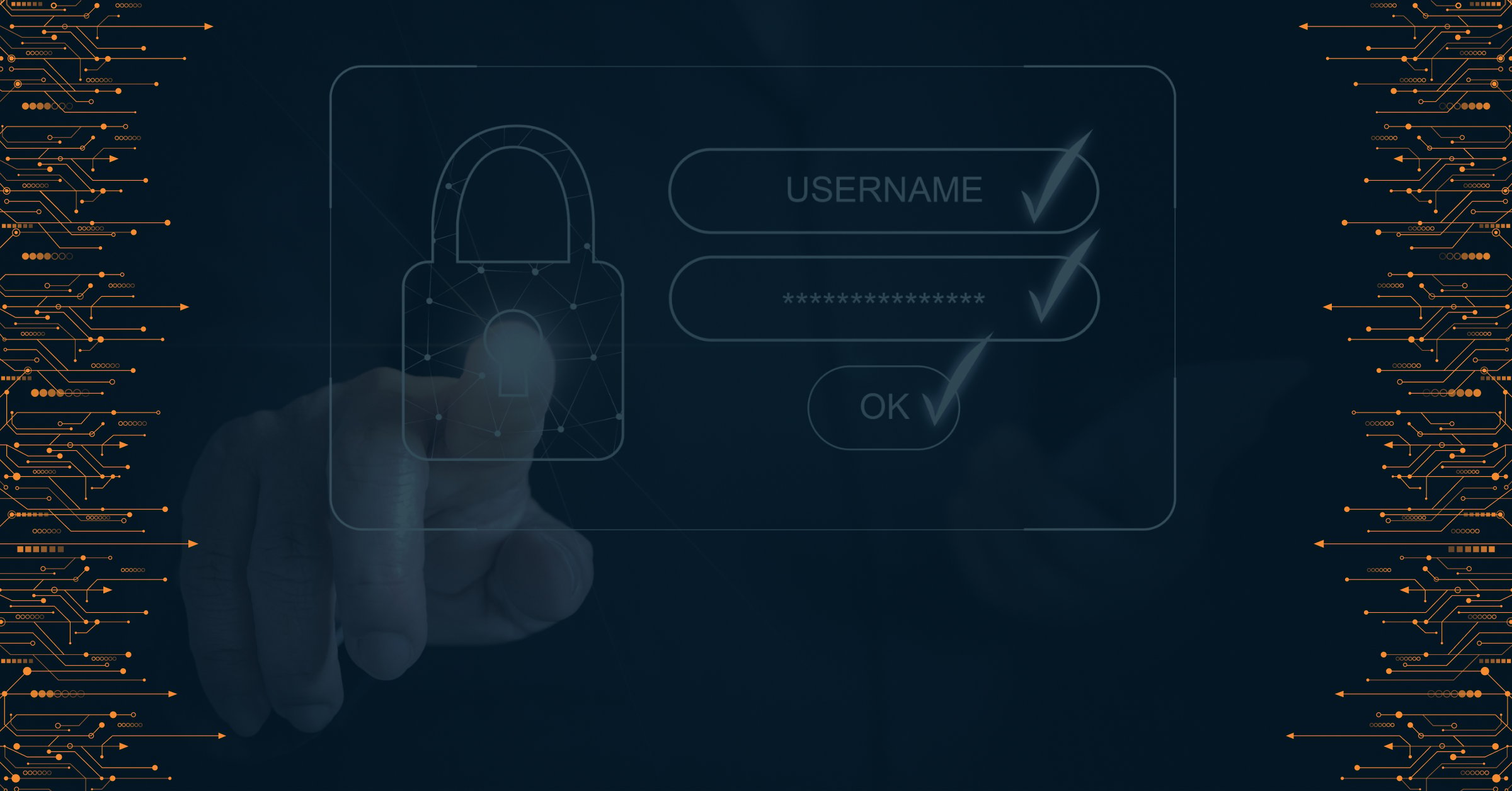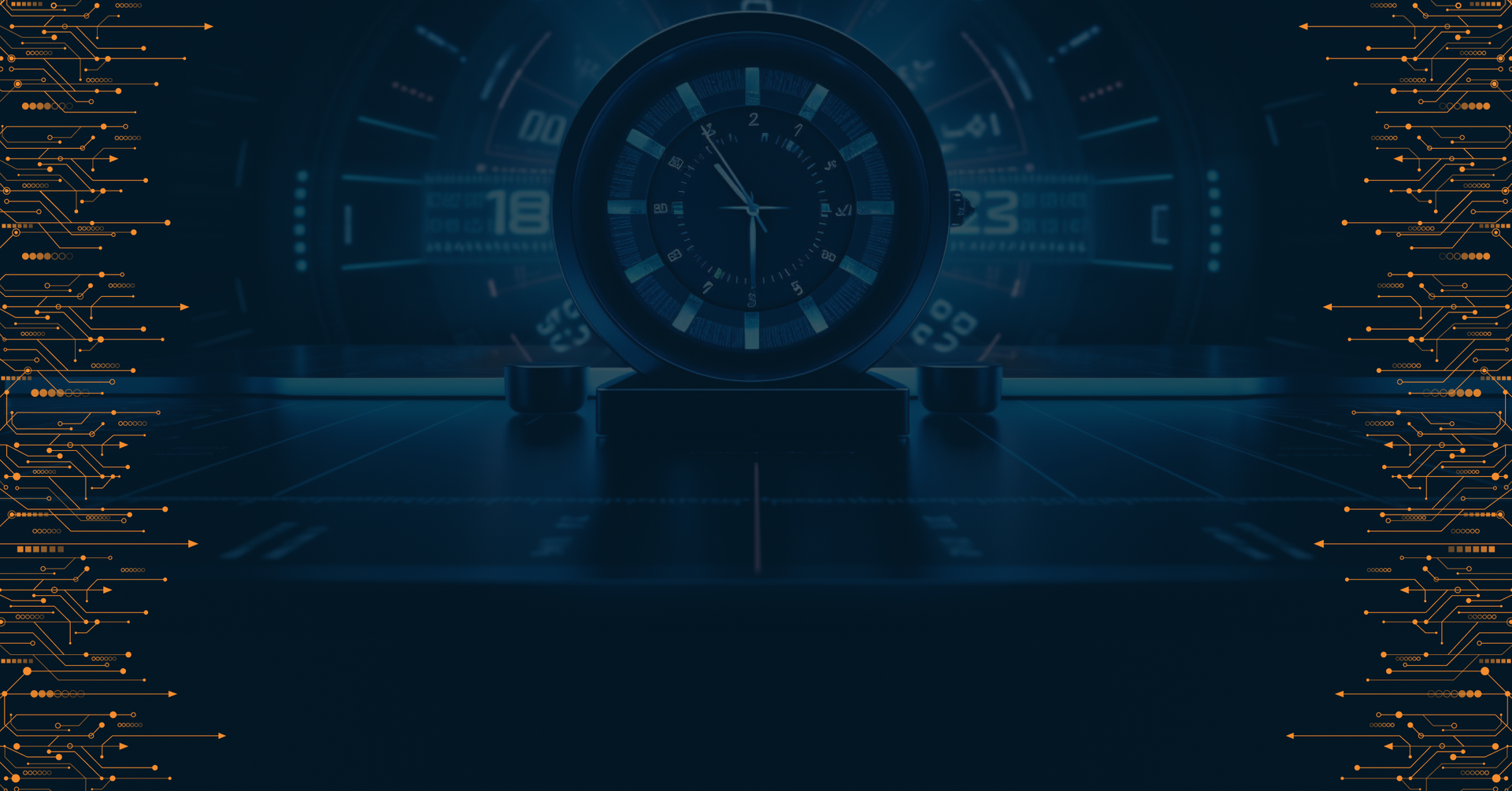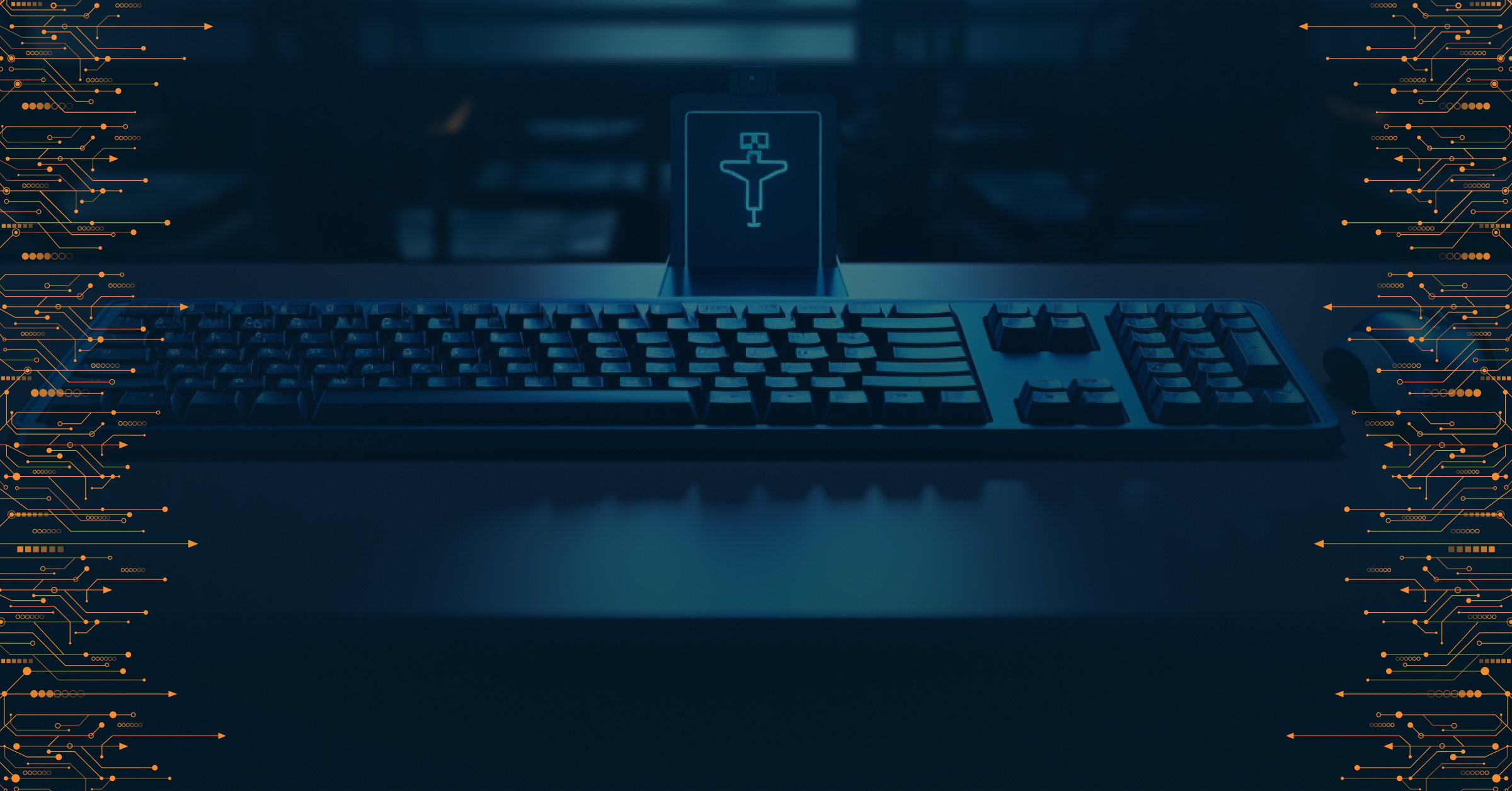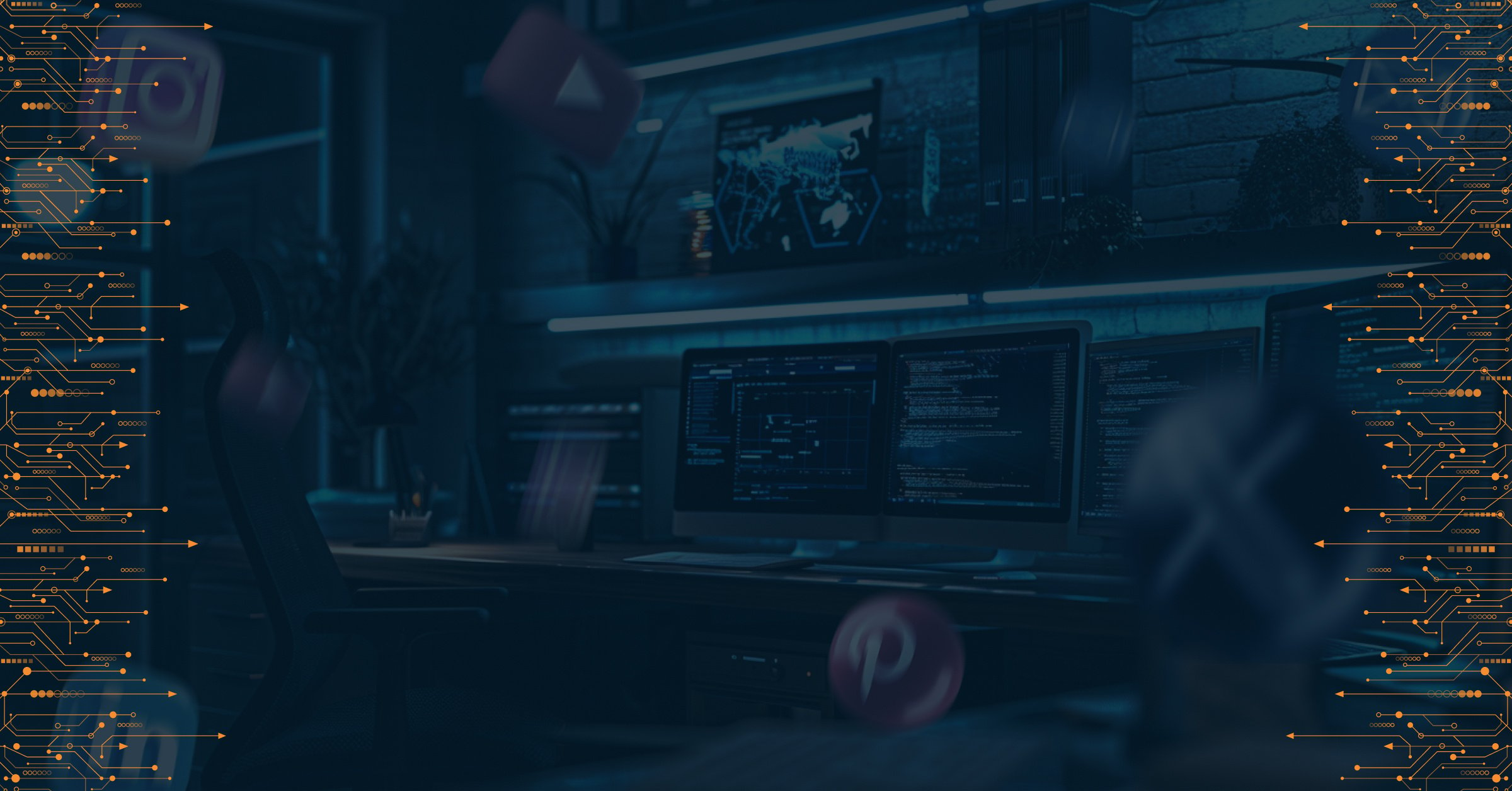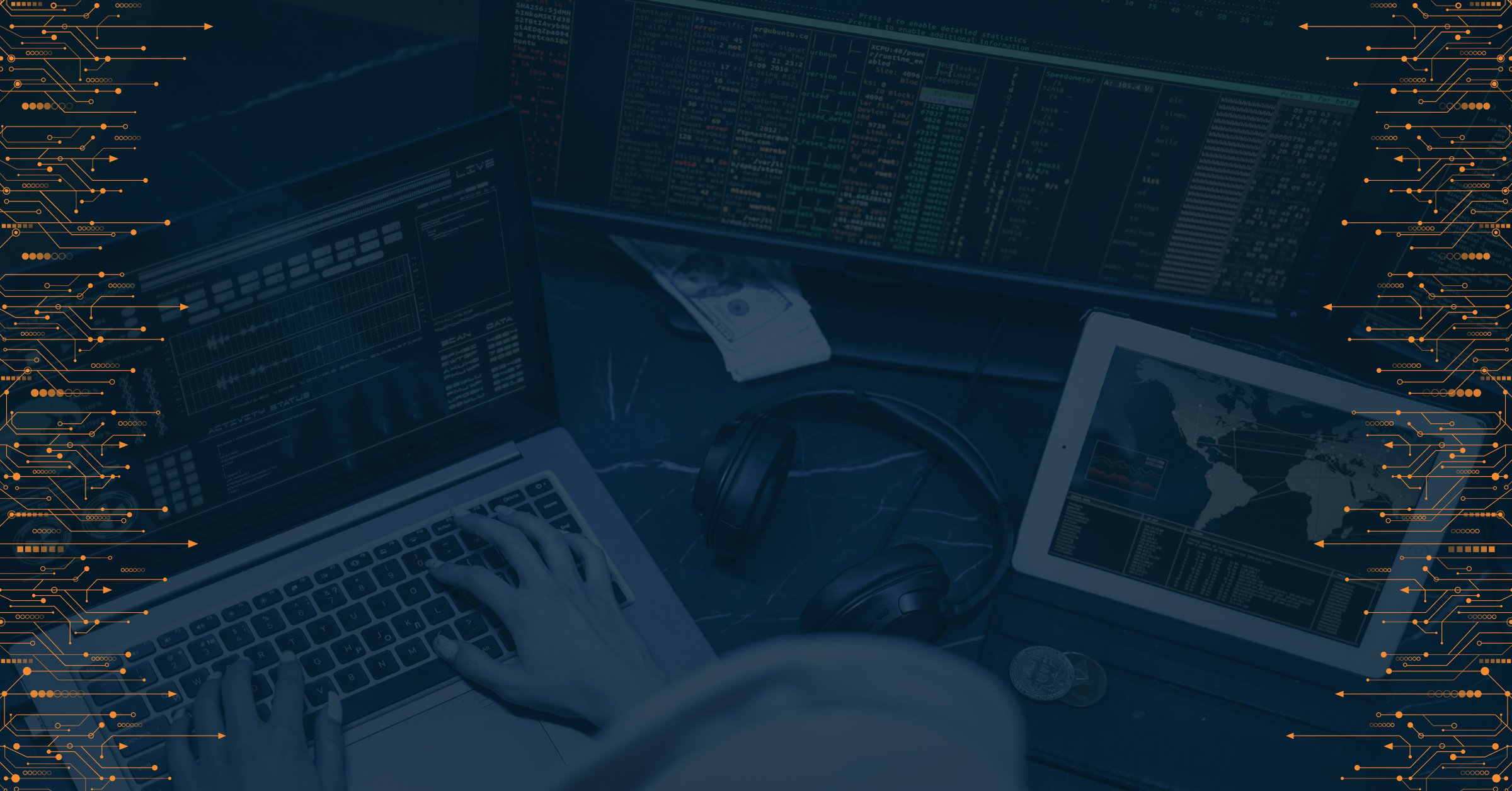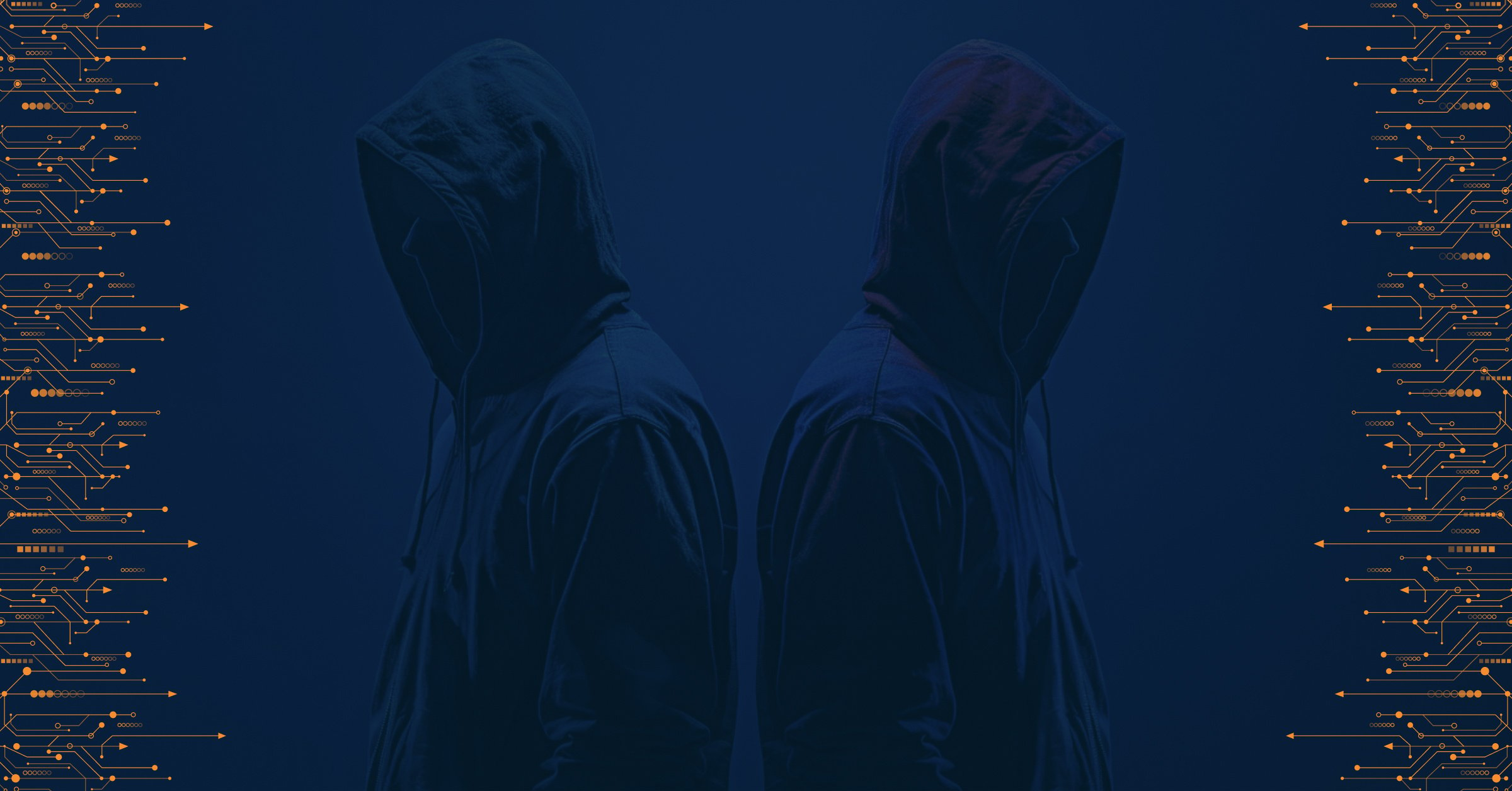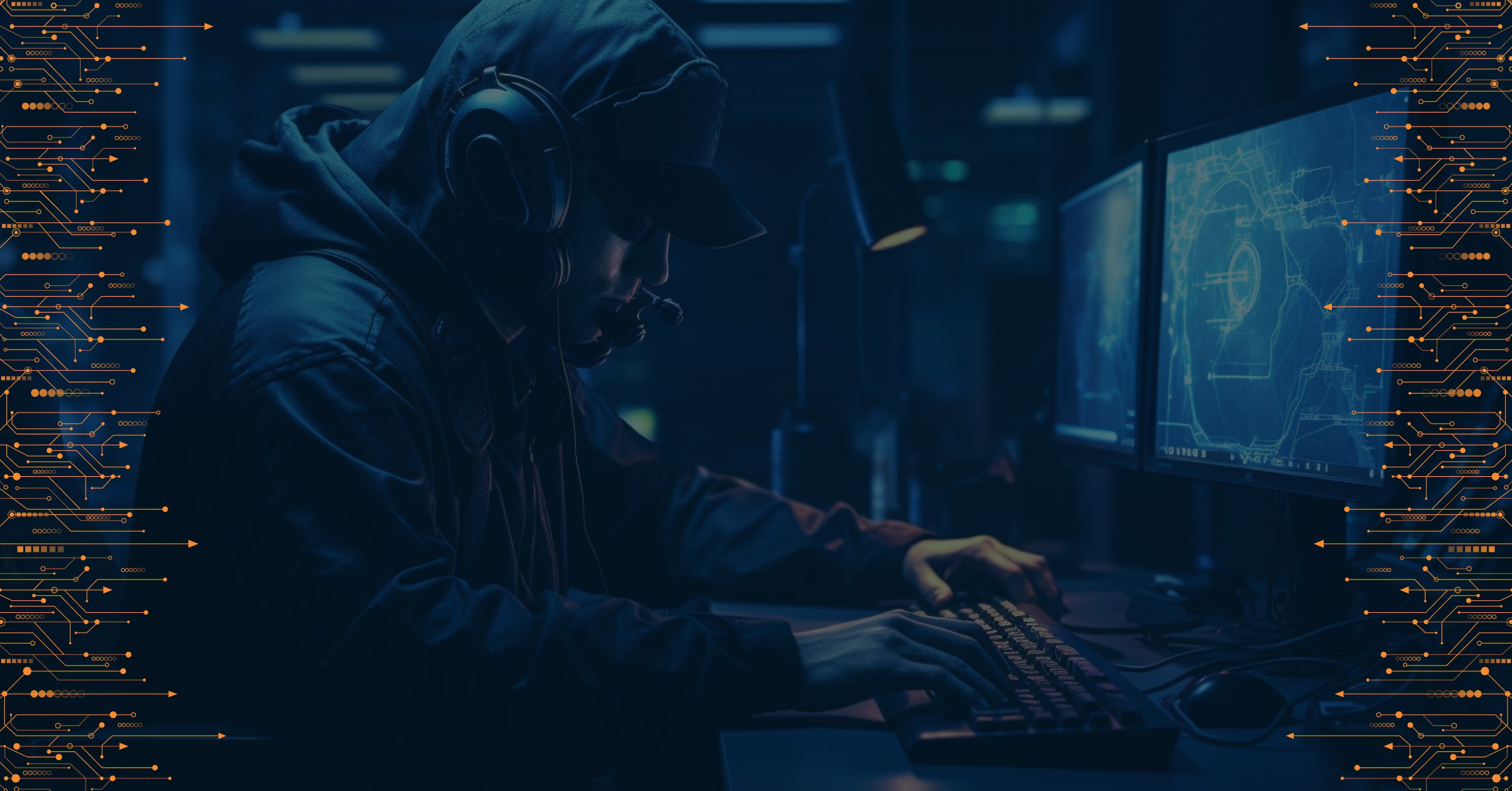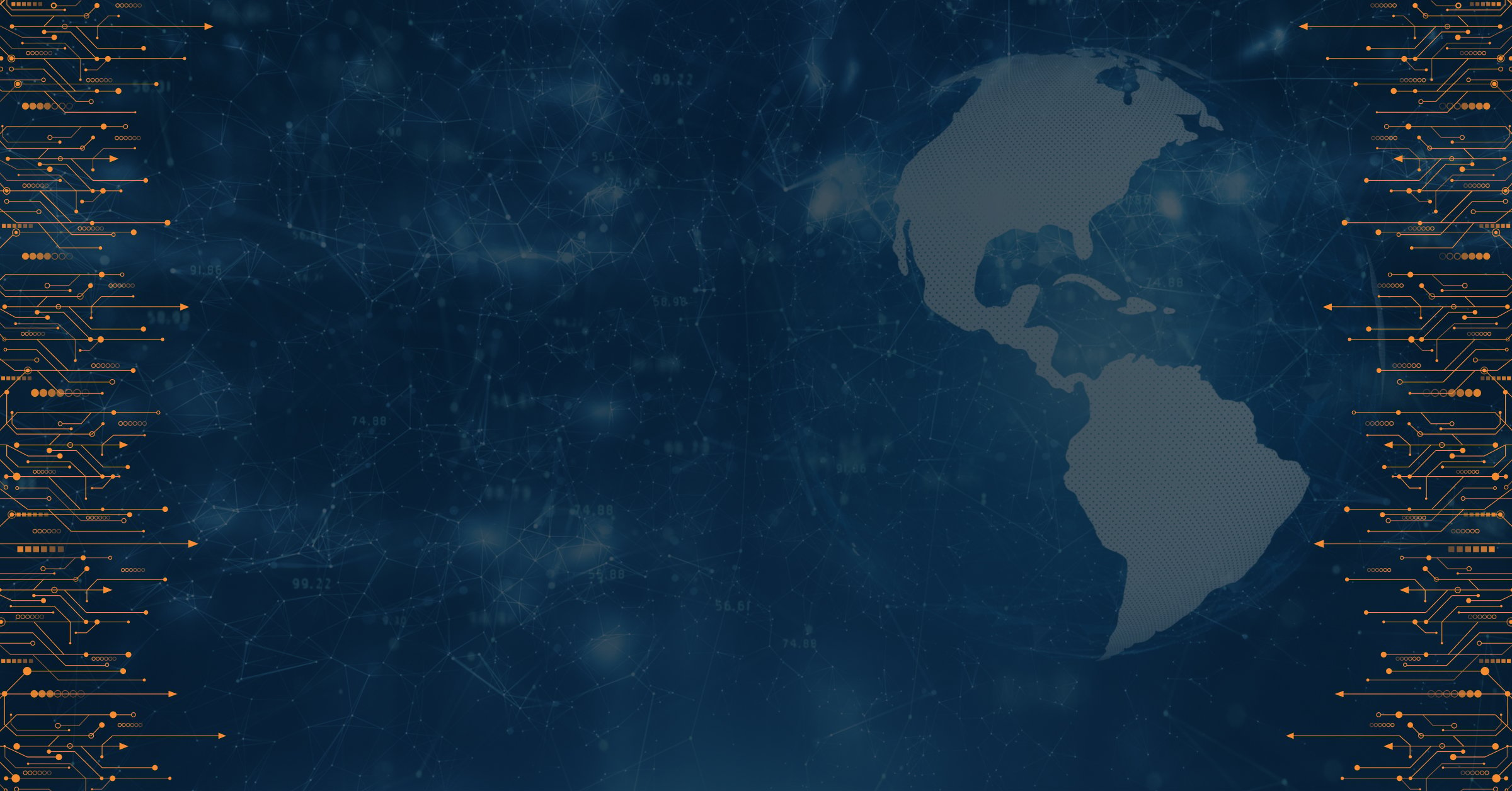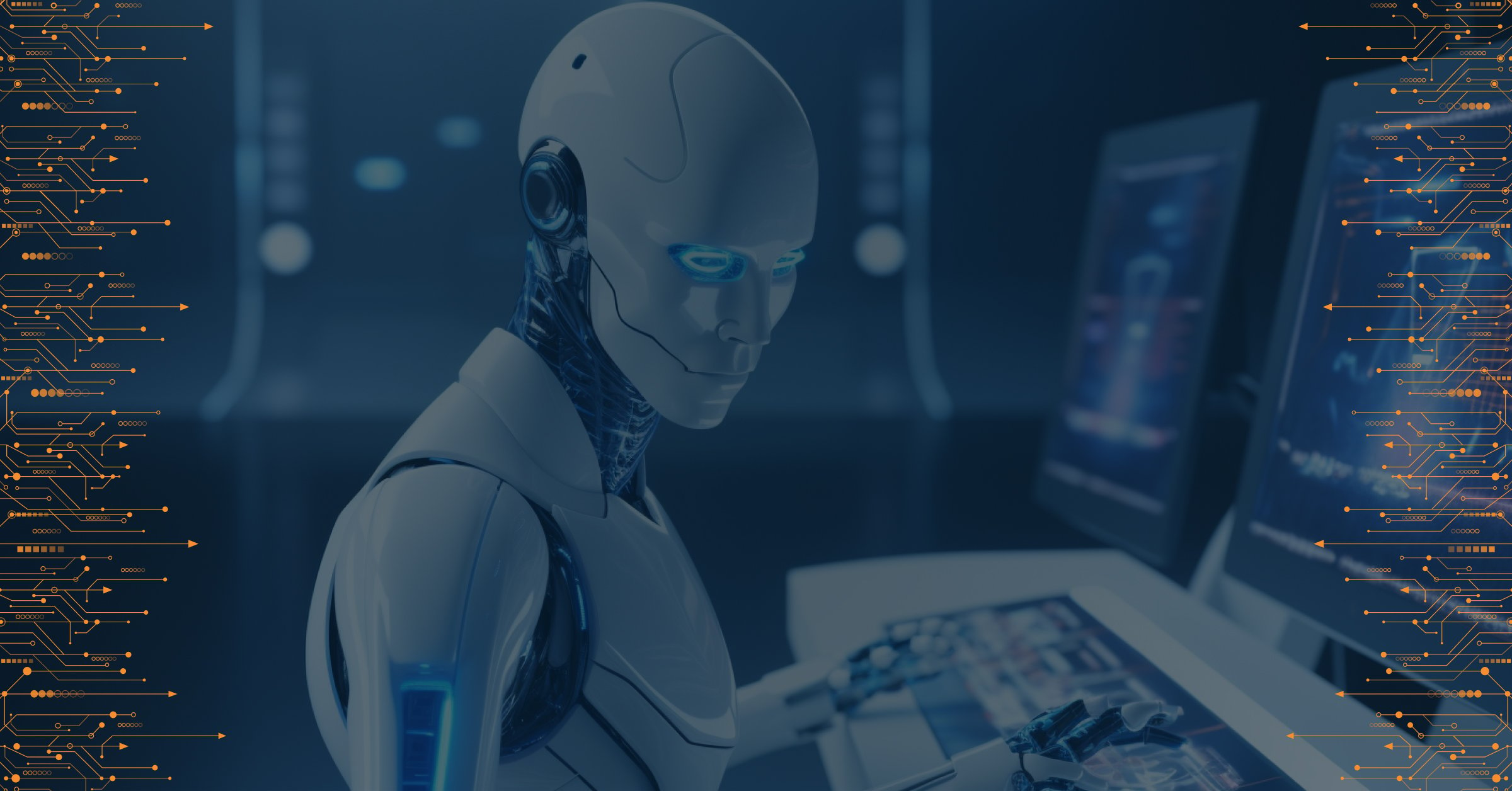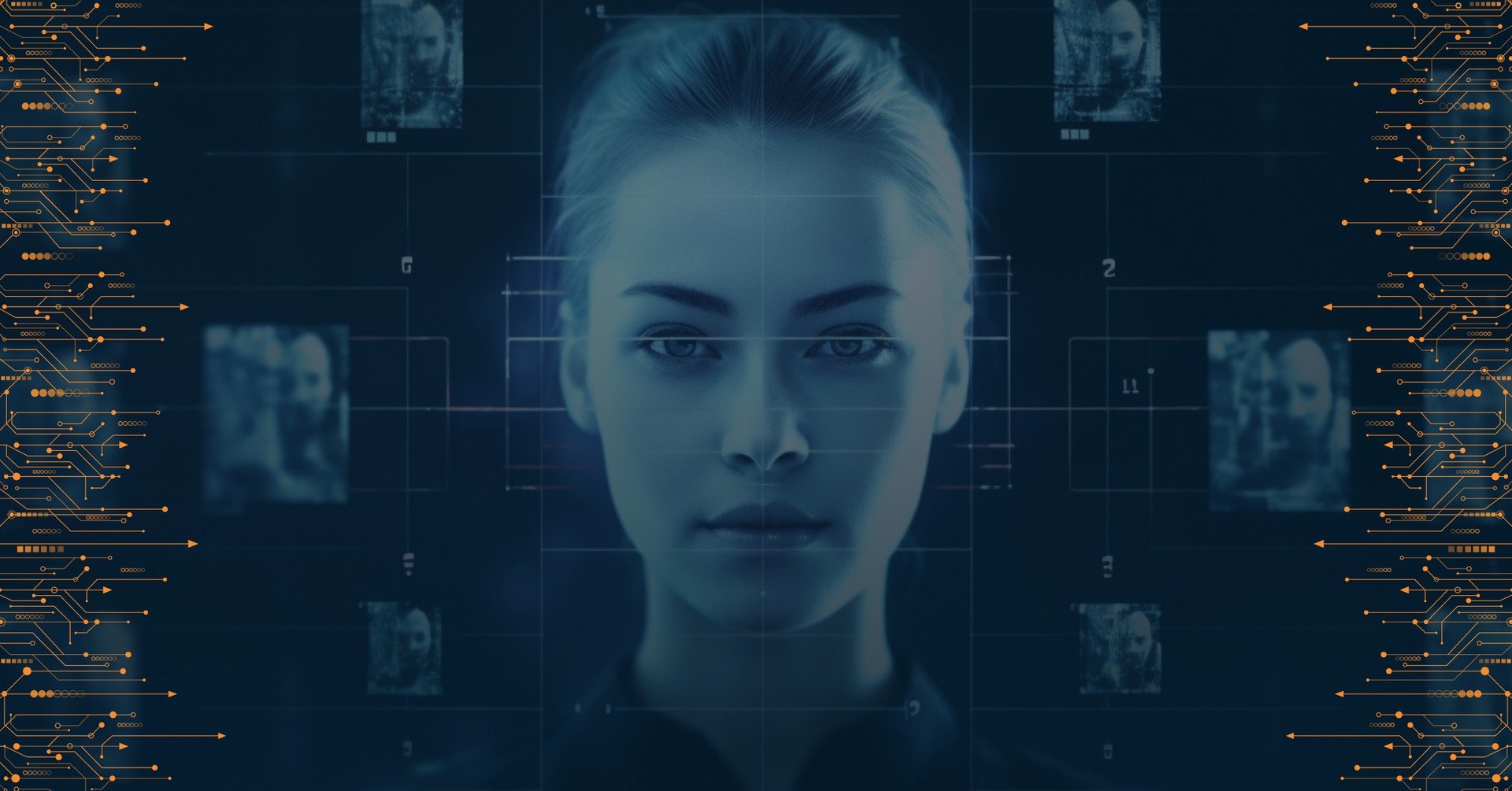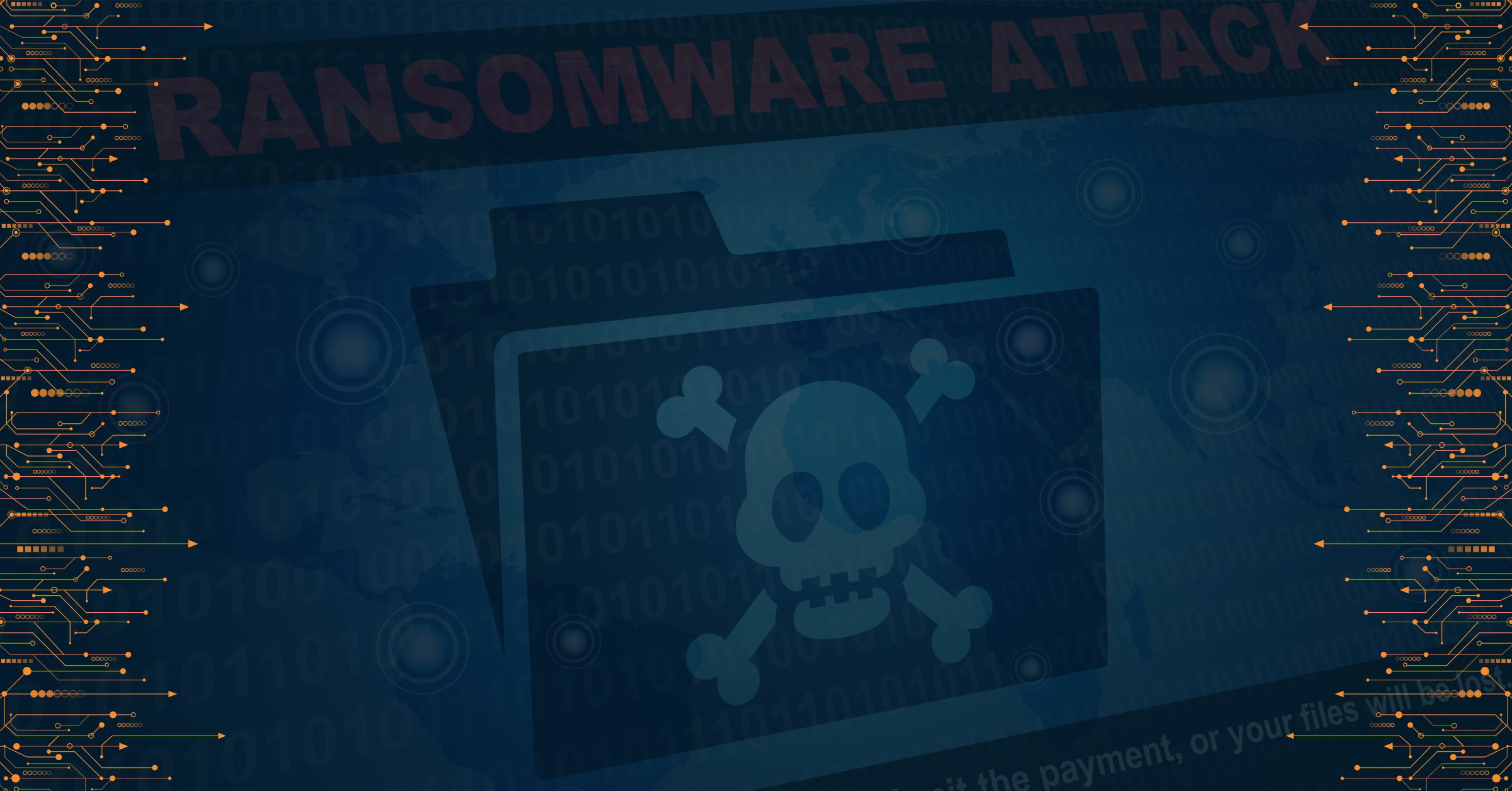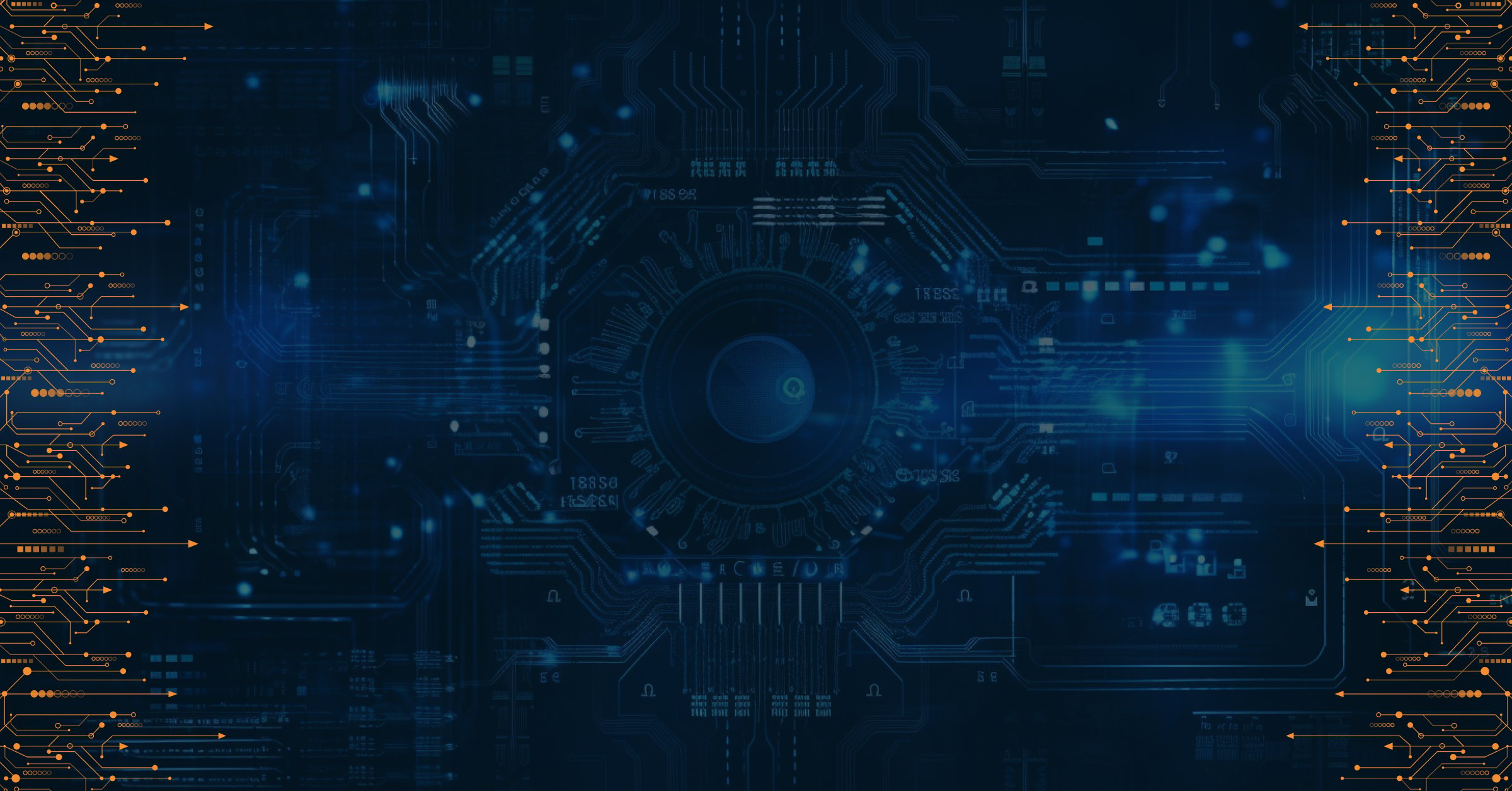Due to increased cyber risks, organizations must comprehend and counter various attack techniques in the modern digital era. Cybercriminals use advanced strategies to break into systems, steal confidential information, and interfere with business operations. Understanding The Cyber Kill Chain helps recognize the stages of a cyberattack, which is necessary to counter these attacks properly.
The Cyber Kill Chain is an approach that gives security experts a thorough grasp of the attacker's workflow by outlining the seven essential steps of a cyberattack. Understanding each stage, a crucial phase in the assault process is critical for creating proactive cybersecurity solutions.
In this article, we'll examine each step in the Cyber Kill Chain and discuss why, from a cybersecurity standpoint, it's so crucial for businesses to know about them.
Understanding the 7 Steps of the Cyber Kill Chain
The idea behind the Cyber Kill Chain is to assist firms and security specialists in comprehending cybercriminals' tactics and creating effective defenses against them. It comprises seven different phases that correspond to the critical stages of a cyberattack:
1. Reconnaissance
Cybercriminals use this initial stage to learn as much information as possible about their victim. It involves identifying potential weaknesses, knowing who the target company employs, and comprehending the security and technological setup.
2. Weaponization
Cybercriminals acquire information and then create a weapon to take advantage of weaknesses. This could entail writing dangerous payload-laden phishing emails or developing malware.
3. Delivery
At this point, the attackers give the target the weapon. This can happen through malicious websites, email attachments, or other contact channels.
4. Exploitation
The act of exploiting weaknesses in the target system by the attacker to obtain access occurs after the weapon is delivered. This could entail exploiting bugs in software, unpatched systems, or human error.
5. Installation
After a successful exploit, the attacker installs malware or other harmful software on the compromised machine. They can gain leverage and command over the target as a result.
6. Command and Control (C2)
The command and control (C2) phase involves the attacker creating a communication channel with the compromised system to facilitate remote control and data exfiltration. This enables them to engage in their malicious actions discreetly.
7. Actions on Objectives
The last phase entails the cybercriminal accomplishing their objectives, which could range from system disruption to data theft. This is the stage in which the attacker gets valuable data, creates harm, or accomplishes their primary goal.
Why Recognizing the Kill Chain is Important?
It is crucial from a cybersecurity standpoint to identify the different phases of the Cyber Kill Chain for multiple reasons:
Proactive Defense
Organizations can take proactive steps to identify and stop threats before they become serious by knowing the various phases of a cyberattack. This helps prevent attacks from moving on to later, more destructive stages.
Effective Mitigation
Organizations can implement a focused cybersecurity strategy by identifying the Kill Chain. They can lessen the effect of an attack by concentrating on particular phases to stop attackers from moving on to the next one.
Threat Intelligence
Organizations can get valuable threat intelligence data by understanding the Kill Chain, which aids in their comprehension of the strategies and resources employed by cybercriminals. This knowledge can enhance security protocols and create more effective incident response plans.
Rapid Response
Knowing the Kill Chain enables companies to react to threats quickly and successfully. Early detection of an attack lowers possible damage and enables faster remediation.
U.S.T.A.'s Proactive Approach to Threat Intelligence
The U.S.T.A. Cyber Threat Intelligence Platform offers a multimodal strategy to protect enterprises against the complex risks presented by constantly changing cyber threats. Focused on intelligence comprehension of the first steps within the Cyber Kill Chain, the U.S.T.A. platform is essential for strengthening organizations in several vital sectors due to its unique combination of fraud intelligence, threat intelligence, and brand protection modules.
Proactive Monitoring of the Deep and Dark Web
The platform proactively monitors the dynamic environments of the deep, dark, and clear webs. The platform guarantees a comprehensive picture of prospective threats by monitoring cyber attack forums, threat actor communication platforms, darknet black marketplaces, open sources, traffic analysis tools, and threat data submitted by members. Real-time monitoring allows organizations to efficiently safeguard their digital assets and remain ahead of emerging cyber dangers.
Tailored Modules for Varied Requirements
The four primary components of the platform address the various demands of employees in an organization. Tactical intelligence provides bespoke threat assessments that provide information about occurrences or trends affecting certain members, sectors, or areas.
Security intelligence delivers in-depth research, including tailored malware reports, access to the Leak Database, vulnerability notifications, and alerts about stolen business credentials.
In addition to identifying and removing dubious or malicious social media posts, brand protection focuses on phishing sites and malicious media detection and mitigation.
Fraud intelligence alerts you to stolen credit cards, passports, IDs, fraud tactics, and compromised consumer credentials. This customized strategy guarantees that various teams within a company can use the platform following their designated roles.
Diverse Applicability Across Critical Infrastructures
The U.S.T.A. platform functions as a flexible instrument for various vital infrastructures and is not limited to any particular sector. Banking and finance, e-commerce, aviation, insurance, fintech, telecommunications, defense, energy, and government rely on U.S.T.A. to find and analyze dangers inside their domains. This broad applicability highlights how well the platform serves the various cybersecurity demands of businesses in many industries.
Tracking Tools and Intelligence Sources
The platform's advanced monitoring technologies and wide range of intelligence sources are responsible for its effectiveness in combating many threats, such as cyber terrorism, cyber espionage, cybercrime, hacktivism, and cyberwarfare. The U.S.T.A. platform thoroughly grasps the threat landscape by utilizing various resources. This enables fraud prevention divisions, IT security teams, brand protection teams, and security operation centers (SOCs) to address the unique issues they encounter efficiently.
The Bottom Line
The Cyber Kill Chain is a helpful overview providing organizations with an understanding of how attackers operate and breach systems. Knowing the seven kill chain phases facilitates proactive defense, efficient threat mitigation, and quick incident response, all of which are necessary for creating successful cybersecurity strategies.
The U.S.T.A. Cyber Threat Intelligence Platform serves as a proactive and important partner for organizations across industries, enabling them to traverse the complex and dynamic cyber threat landscape by providing proactive monitoring, targeted intelligence, and diverse tools and resources.

PRODAFT Team
Stay up to date
Browse Posts
Browse by topics
- Cybercrime awareness (15)
- Cybersecurity for Businesses (10)
- Risk management (7)
- Cybersecurity Tips (6)
- Digital safety (6)
- Proactive Threat Intelligence (6)
- Cyber threat protection (5)
- Cyberattacks (5)
- Risk intelligence (5)
- Threat Prevention (5)
- Data Protection (4)
- Network Security (4)
- Phishing (4)
- Supply chain risks (4)
- TTPs (4)
- Artificial intelligence (3)
- Critical network infrastructures (3)
- Malicious websites (3)
- Malware (3)
- Social engineering (3)
- Data breaches (2)
- Insider Threats (2)
- NIS2 Directive (2)
- Ransomware (2)
- CISOs (1)
- Cryptocurrencies (1)
- Cyber espionage (1)
- Cyber extortion (1)
- Cyber fraud (1)
- Cybersecurity Collaboration (1)
- DDoS Attacks (1)
- Deepfakes (1)
- DoS Attacks (1)
- Fake social media (1)
- Incident Response (1)
- Internet of things (1)
- Money Laundering (1)
- Multi-factor authentication (1)
- One-day vulnerability (1)
- Remote Work (1)
- Stealers (1)
- SystemBC (1)
- The Cyber kill chain (1)
- Threat Intelligence solutions (1)
- Tor browser (1)
- Traffic Distribution System (1)
- Zero-day vulnerability (1)
- dark web (1)
- deep web (1)
- keyloggers (1)
- social media (1)
- spoofing (1)
- threat detection (1)

